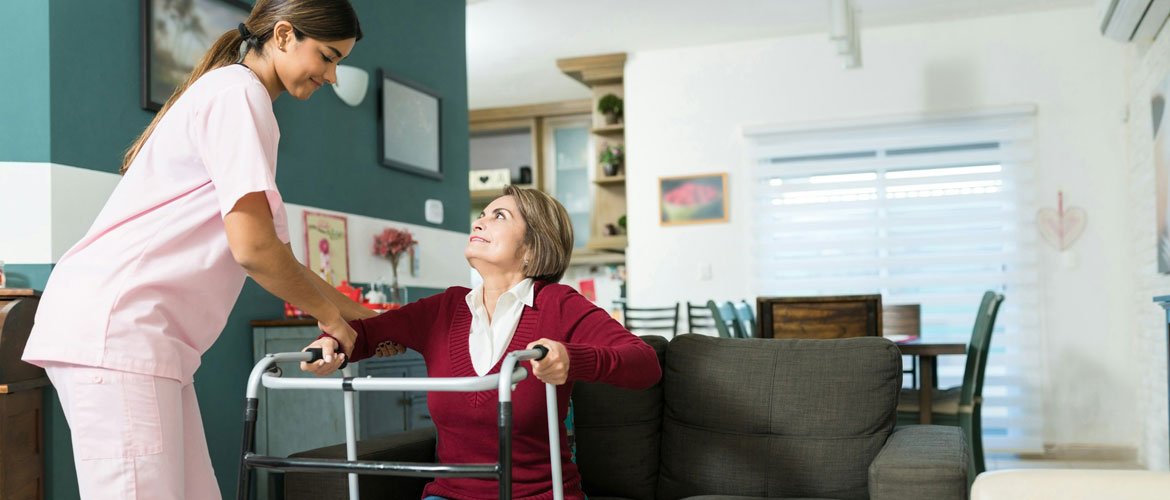
Safety and Supervision
Safety and supervision in home care are critical components to ensure the well-being of individuals receiving care in their homes, particularly for the elderly, disabled, or those with chronic illnesses.
Our Services:
1. Assessment and Planning:
- Conduct a thorough assessment of the home environment to identify potential hazards.
- Develop a personalized care plan that addresses the specific needs and risks of the individual.
2. Medication Management:
- Ensure that medications are stored safely and administered correctly.
- Keep an up-to-date list of all medications, including dosages and schedules.
3. Fall Prevention:
- Remove tripping hazards such as loose rugs or electrical cords.
- Install grab bars in bathrooms and ensure proper lighting throughout the home.
4. Emergency Preparedness:
- We have a plan in place for emergencies, like contact numbers near and dears.
- Consider using medical alert systems or wearable devices for individuals at higher risk.
5. Nutrition and Hydration:
- Monitor dietary needs and ensure proper nutrition and hydration.
- Be aware of any dietary restrictions or special requirements.
6. Emotional and Social Support:
- Provide opportunities for social interaction and emotional support to combat loneliness and depression.
- Encourage participation in community activities or social groups.
7. Technology and Monitoring:
- Utilize technology such as video monitoring, sensor-based alarms, and remote health monitoring to enhance safety.
- Ensure that any technology used respects the privacy and dignity of the individual.
We implement these measures which can help to create a safer and more supportive home care environment, improving the quality of life for individuals receiving care.
